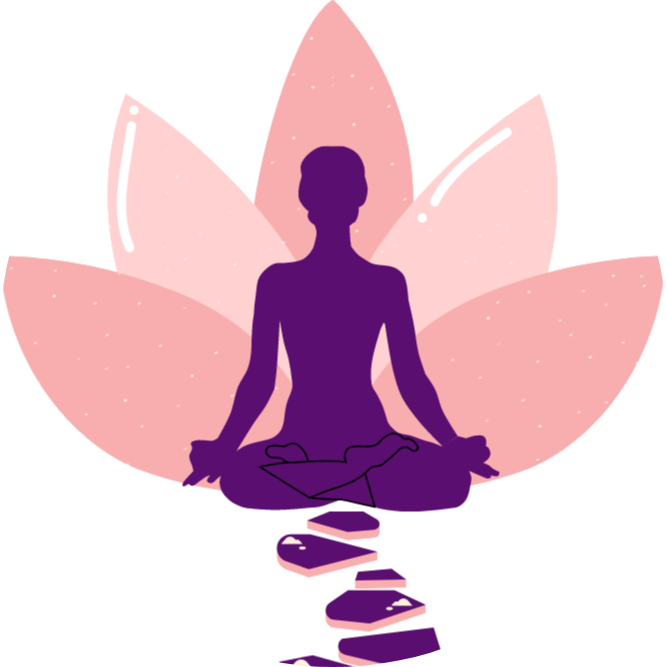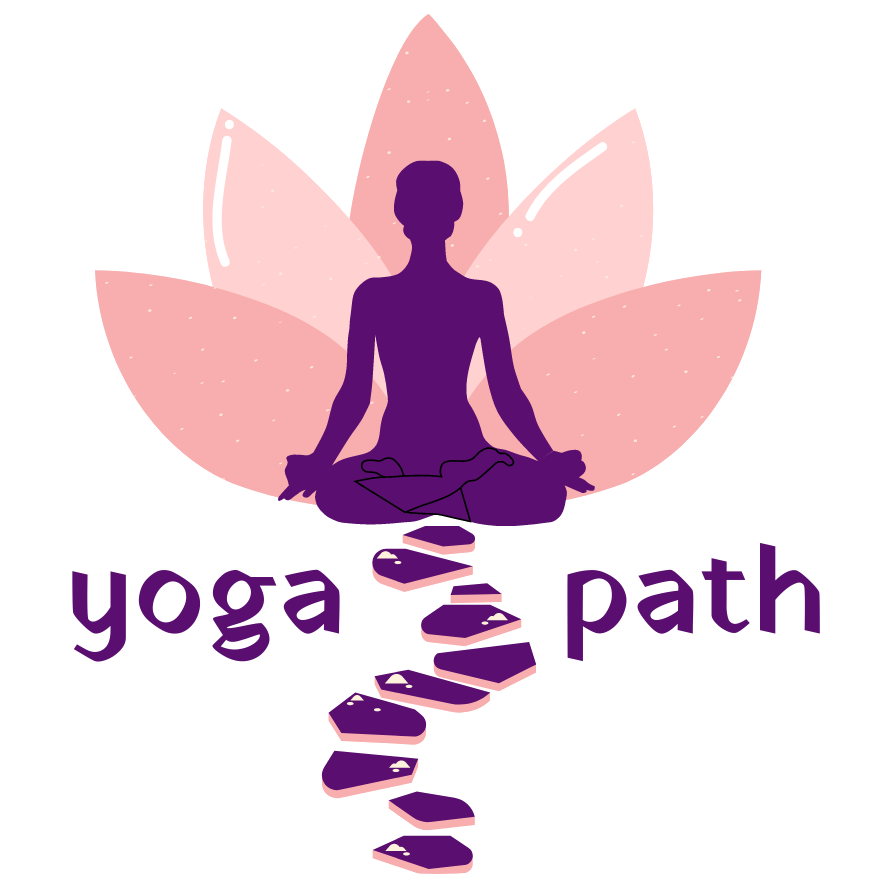Practice makes perfect, goes the old adage. In yoga, this practice or Sadhana is a means of accomplishing a goal through spiritual discipline.
Originating from the Sanskrit word ‘sādh’ which means to ‘bring about’, ‘Sādhanā’ is your ‘dedication to an aim’. From a yogic point of view, it is a dedicated spiritual practice that takes you in the direction of your spiritual intention ‘Sankalpa’ or the form of discipline through which a yogi attains ‘Samadhi’, the ultimate expression of yogic life.
BKS Iyengar talks about Sadhana in his book Light on the Yoga Sutras,
“Sādhanā is a discipline undertaken in the pursuit of a goal. Abhyāsa is repeated practice performed with observation and reflection. Kriyā, or action, also implies perfect execution with study and investigation. Therefore, sādhanā, abhyāsa, and kriyā all mean one and the same thing. A sādhaka, or practitioner, is one who skillfully applies…mind and intelligence in practice towards a spiritual goal.”
Sadhana is based on the concept of a daily spiritual practice like a committed prayer or a routine that you work on to nurture your mind and body. It represents a disciplined surrendering of the ego, in which the practitioner uses asana, pranayama, meditation, and chanting mantras to build silence in the mind allowing one to journey inwards to discover one’s true self.
Why the discipline of Sadhana?
Time and dedication spent in Sadhana help you advance your yoga practice, and find your calm inner being, anytime, anywhere. The benefits of daily Sadhana are countless, making it an inevitable part of yoga:
- Plant the seed of discipline: Getting into a disciplined daily practice, even if it is just for a few minutes, means you have overcome all the excuses that your mind comes up with; you have put aside your laziness and moved into action – it puts you in control of your mind and body. So go ahead and plant a tiny seed, nurture it, let it take root, and grow and blossom to soon bear fruit in the form of achieving your intentions.
- Push your boundaries: By deciding to practice Sadhana regularly, you are committing to pushing your practice to new boundaries. Every day add to your practice – be it in the form of advanced yoga asanas, deeper meditation techniques, or adopting Yamas and Niyamas into your lifestyle.
- Evolve your practice: Embracing Sadhana will help you break away from the mundane and become a better version of yourself with each passing day. With practice, you’ll gain stronger abilities of self-observation and ‘Sakshi Bhava’ or witness-consciousness – a detached awareness that helps you to step back and transcend the ego or ‘Ahamkara’. Strengthening your self-observation and Sakshi Bhava will allow you to further explore the inner workings of the mind and eliminate negative thoughts.
- Connect to your True Self: Your spiritual practice allows you to turn inward, connecting you to your True Self which is infinite and connected to all. Sadhana will thus strengthen your relationship with the Divine.
Sadhana with Sankalpa – practice with clear intention
Before you embark on your personal Sadhana, read these tips to help you commit to an intentional practice.
- Identify a Sankalpa or intention for your practice. By consciously setting an intention, you call on the power of your mind to focus completely on your practice session, thus conditioning your mind and body to be present and aware.
- Outline the techniques that will help you achieve your intention. For example, if you intend to gain control of your wavering thoughts, short meditations would be a good starting point.
- Create a structure for your practice. For example, begin your practice by setting an intention for your yoga session, then continue with yoga asanas, and close with pranayama and meditation. Plan your routine for your practice session and make it easy to follow by writing it down so that you don’t have to pause your practice mid-way to think of what to do next.
- Reserve a specific space and time of day for your Sadhana. Just before dawn is an ideal time. However, making your practice any time in the morning before the rest of your day starts will greatly benefit the quality of your life. If you can practice only in the afternoons or evenings, you will still benefit from it, if you commit to practicing every day. Set aside a space for your practice that invites and inspires you.
- Track your progress. As your Sadhana progresses, you may be surprised by unexpected benefits. You might notice that you’re more relaxed and energized. You might find yourself to be more grounded, and calm throughout the day. The effects of your Sadhana will start to ripple outward into all areas of your life.
- Honour your Sadhana. Acknowledge the profound effect that your daily practice has on your wellbeing and make sure you maintain it. Continue to look at how you can further deepen your practice. What other techniques can you improve on? What other intentions can you add to your practice that would allow you to progress towards your ultimate goal of enlightenment?
Your Sadhana only requires that you remain dedicated to your practice, pouring your heart and soul into it. Keep it engaging, aware, and let it become an essential part of your everyday life and a way of life for you.
So, are you ready to start a dedicated daily yogic practice or Sadhana, practicing yoga with intention?

